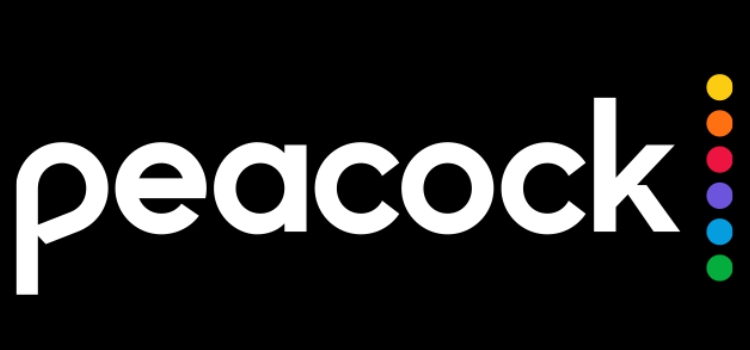
Thriving as a Freelance Web Designer-Unveiling the Digital Canvas
In the vast digital landscape, freelance web designers emerge as the modern-day artists, shaping the visual identity of businesses and organizations. The world of freelance web design offers boundless creative possibilities, entrepreneurial freedom, and the opportunity to make a lasting impact. In this blog, we’ll delve into the dynamic world of freelance web design, exploring the journey, challenges, and strategies to thrive in this exhilarating profession.
1. The Canvas of Freelance Web Design
Imagine a world where you are the architect of virtual spaces, a master of visual storytelling, and a problem-solving wizard. This world is where freelance web designers reside. They possess the ability to transform concepts and ideas into captivating digital experiences. A freelance web designer’s canvas is a blank web page, waiting to be adorned with visuals and interactivity that engage and inspire.
2. The Journey Begins: Education and Skill Development
Every journey starts with the first step. For aspiring freelance web designers, this step often involves education and skill development. While formal education in web design is valuable, it’s not the sole path to success. Many freelance web designers are self-taught, relying on online courses, tutorials, and practical experience to hone their skills.
Key skills that form the foundation of a freelance web designer’s toolkit include:
– HTML/CSS: These are the building blocks of web design, governing the structure and style of web pages.
– JavaScript: For adding interactivity and dynamic features to websites.
– Responsive Design: Ensuring websites look and function seamlessly across various devices and screen sizes.
– User Interface (UI) and User Experience (UX) Design: Crafting intuitive layouts and optimizing user interactions.
– Design Software: Proficiency in design tools like Adobe Photoshop, Illustrator, Sketch, or Figma for creating visuals and mockups.
– Content Management Systems (CMS): Familiarity with popular CMS platforms like WordPress, Drupal, or Joomla for content-driven websites.
3. Building a Strong Portfolio: Your Creative Showcase
Your portfolio is your calling card in the freelance web design world. It’s a visual showcase of your skills, style, and versatility. Building an impressive portfolio is crucial for attracting clients and showcasing your capabilities. Here’s how to create a standout portfolio:
– Quality Over Quantity: Feature a select few projects that represent your best work. Quality is more compelling than quantity.
– Diverse Examples: Include a range of projects, from simple websites to complex e-commerce platforms and web applications, to demonstrate your versatility.
– Case Studies: Accompany each project with a case study, outlining the project’s objectives, challenges, your design process, and the results achieved.
– Responsive Portfolio: Ensure your portfolio website itself is responsive and showcases your understanding of responsive design principles.
– Client Testimonials: If you’ve received positive feedback from clients, don’t hesitate to include their testimonials. Social proof adds credibility.
4. The Art of Freelancing: Finding Clients and Navigating Platforms
Freelance web designers have various avenues to find clients and projects:
– Freelance Platforms: Websites like Upwork, Freelancer, and Fiverr are popular platforms where clients post projects and hire freelancers. These platforms provide exposure to a wide range of clients and projects.
– Networking: Building a professional network is invaluable. Attend industry events, conferences, and web design meetups to connect with potential clients and fellow designers. Word-of-mouth referrals often lead to rewarding opportunities.
– Personal Website: Having your own website is like having a digital business card. It allows potential clients to discover your work and contact you directly.
– Social Media: Showcase your work on social media platforms like Instagram, LinkedIn, and Behance. Share insights, engage with your audience, and build your personal brand.
5. Pricing Strategies: Valuing Your Work
Pricing your services as a freelance web designer can be challenging. Striking a balance between fair compensation and competitiveness is key. Consider these pricing strategies:
– Hourly Rates: Charging an hourly rate is common, but rates can vary based on experience and complexity of the project.
– Fixed-Price Contracts: For well-defined projects, offering a fixed price can provide cost certainty to clients.
– Value-Based Pricing: Consider pricing based on the value you bring to the client. If your design can significantly impact their business, you can justify higher rates.
– Packages: Create service packages that bundle design, development, and maintenance services, providing clients with comprehensive solutions.
6. Legal and Contractual Considerations
Protecting your interests and ensuring a smooth client relationship requires careful consideration of legal and contractual aspects:
– Contracts: Always use clear, written contracts that outline project scope, timelines, payment terms, and any specific conditions. Contracts protect both you and your clients by preventing misunderstandings.
– Intellectual Property Rights: Define who owns the intellectual property rights to the design elements, and specify licensing and



